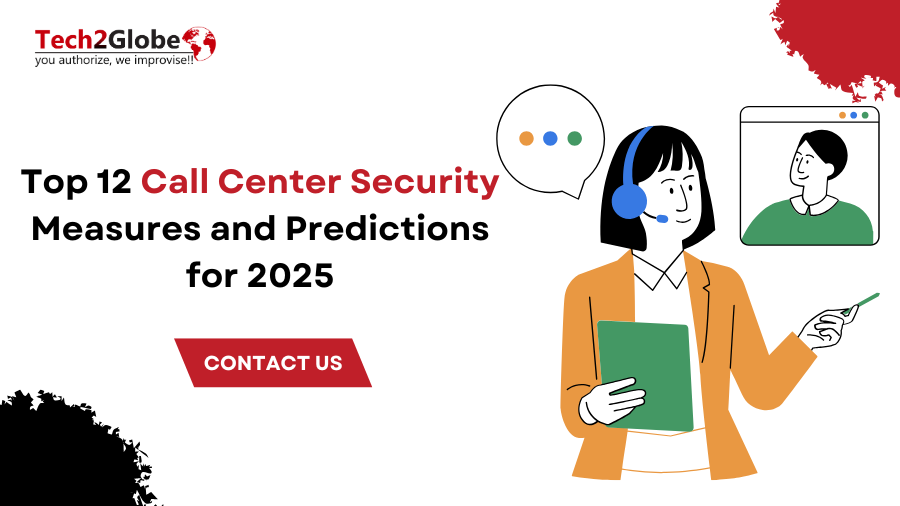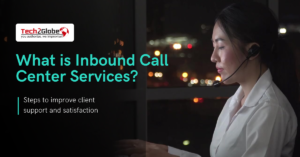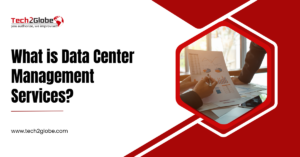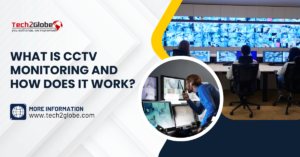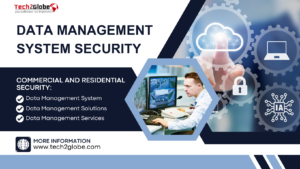Summary: Do you know that a cyberattack occurs every 39 seconds (According to a University of Maryland study), which means the highest protection levels are necessary? Thus, it is the time to consider what call center security practices may be expected in 2025.
Key Highlights
- Since call centers always require computers, the call center’s security will be aimed at preventing unauthorized access to the system.
- You can also enhance your security system and protect clients’ data with the help of call center service.
- Moreover, call center support may minimize tragic security mishaps besides winning over its customers.
What is Call Center Security?
Contact center security is a process that aims to prevent unauthorized users from gaining access to sensitive customer information and keep that data available in a call center setting. In this context, the role of call center service is to keep customers’ faith and protect the call center’s and the organization’s reputations.
Importance of call center security:
- It entails safeguarding the system against illegal data.
- Moreover, call center support protects consumers from damage and preserves the company’s trust and image.
- Furthermore, call center support protects consumers while maintaining the company’s trust and reputation.
- It Protects customers’ personal information (Name, location, etc.) from theft.
- Last but not least, strong security keeps customers away from fraud and cybercrime.
12 Call Center Security Measures to Look Out For 2025
MFA, Multi- Factor Authentication, Becomes the Standard
Passwords are ineffective in guarding private consumer information. By asking users to confirm their identity using many techniques—such as biometrics or one-time codes—multi-factor authentication (MFA) provides another degree of protection. MFA is predicted to be a regular practice in all contact centers by 2025, drastically lowering unwanted access.
End-to-End Encryption
Every day, call centers handle delicate consumer data. End-to-end encryption guarantees that exchanges and data transfers stay secret and unreachable to hostile parties, safeguarding this data. As encryption techniques become more sophisticated, we will probably see general acceptance in the sector by 2025.
Biometric Verification Gets Momentum
Set to replace conventional identification techniques include fingerprint scanning, voice recognition, and face recognition. Also, by accelerating the verifying process, biometric authentication increases security and enhances the consumer experience. Call center operations will revolve mostly around biometric technologies.
AI-Powered Threat Identification
Artificial intelligence (AI) is transforming security by seeing dangers in real-time. Tools driven by artificial intelligence may examine trends, find abnormalities, and identify dubious behavior. So advanced artificial intelligence technologies should actively reduce hazards and offer call centers actionable information by 2025.
Safe Remote Work System
The move to remote work during the epidemic highlighted weaknesses in conventional security systems. Call centers must spend on secure virtual private networks (VPNs), endpoint protection, and safe access protocols to protect remote agents as remote and hybrid working models continue.
Frequent Cybersecurity Employee Training
Still, one of the biggest reasons for data breaches is human mistakes. Call centers will provide frequent employee training programs as a top priority from 2025 so staff members may learn security procedures and manage sensitive data and phishing attempts identification. Constant education guarantees that staff members stay the primary line of protection against cyberattacks.
Modern Data Masking Methodologies
Data masking hides sensitive data—such as credit card numbers and social security information—during processing or transmission. Advanced data masking technology will allow call centers by 2025 to reduce exposure to sensitive data, therefore lowering the risk of breaches.
Compliance with Changing Rules
Data privacy regulations such as the California Consumer Privacy Act (CCPA) and the General Data Protection Regulation (GDPR) have set standards for protecting consumer data. Thus, more stringent worldwide rules are predicted to surface in coming years, forcing call centers to change their compliance plans constantly.
Zero-Trust Security Models Dominate
Operating on the idea of “never trust, always verify,” the zero-trust model method guarantees ongoing authentication and authorization for all users, devices, and apps. As a result, zero-trust systems will be a pillar of call center security policies by future.
Tokenized Secure Payment Processing
Call centers handling payment information have to choose safe payment processing techniques. Tokenization guarantees that real data stays inaccessible by substituting unique tokens or IDs for sensitive information. Tokenization will be expected, of course, in safe payment systems.
Predictive Analytics for Avoidance of Fraud
Predictive analytics finds possible fraud threats by using machine learning and past data. Thus, call centers will employ predictive analytics technologies by 2025 to aggressively resolve vulnerabilities, stop illegal activities, and guard client accounts.
Cloud Safety Improvements
Securing these platforms is the first concern as more contact centers move to cloud-based solutions. In the next year, improved cloud security measures—including smart firewalls, intrusion detection systems, and safe API integrations—will be absolutely vital. Furthermore, cloud providers will supply more strong capabilities to let call centers protect data.
Security Challenges for Inbound and Outbound Call Centers in 2025
To solve these problems, we need strong tools for verifying identities, safe ways to make calls, and constant tracking of all outgoing communication.
For the inbound call center, dealing with customer queries and support, the challenges can include:
- preventing data breaches during call recordings and ensuring secure access for remote agents.
- Phishing attacks aimed at stealing credentials are another growing threat.
To solve these problems, multifactor authentication and encrypting communication lines are necessary.
On the other hand, outbound call centers, which focus on customer outreach, face unique challenges:
- Telephonic and computerized programs are not immune to virus attacks, and other agents may con the clients into releasing their details to them.
- Also, following data protection laws such as GDPR and CCPA in the letter is still relevant.
Therefore, it is necessary to have powerful means for identification, secure phone connections, and other means for monitoring all outgoing calls instantly.
Protect Your Call Center with Tech2Globe’s Reliable Security Solutions
Lastly, what matters for the future of the inbound call center is how safe and private they can make their team and customers feel. Our long list of call center security trends and forecasts stresses the importance of strong security and privacy systems, which will become a key factor in making customers happier and returning. However, the outbound call center must also put advanced security steps at the top of its priorities to keep customer data safe and maintain their trust. So in 2025 and beyond, cybersecurity and its predictions must be implemented more carefully than ever.
We are a reputable service provider who can tailor your call center services to meet all call center requirements. Thus, our team can assist in developing dependable and industry-leading security solutions and systems for call centers of various sizes, scales, and complexity. Request a quotation to find out how we assure call center security.
Also Read:
How Healthcare Data Entry is going to Change the Face of the Healthcare Industry in 2025?
How to Build a Comprehensive Google Analytics Report for Your Client?
How SEO Agencies Can Deliver Value to Enterprise Clients?
Frequently Asked Questions: FAQs
Q.1. What is the trend in cybersecurity in 2025?
A.1. The use of AI and ML in cybersecurity can be observed in call centers in 2025. It can also make the industry more aware of what could then become threats and how best to prevent them.
Q.2. What is the average cost of a data breach?
A.2. The total mean cost of data loss per incident is $4.88 million across the global industries. Still, data varies in different sectors and segments, which directs our attention toward how the threat landscape has evolved and how we can counter these threats with proper practices.
Q.3. What can be the best step to form a call center security strategy?
A.3. Concisely, the best thing to do to secure your call center should be to ensure that it is surrounded by multiple layers of security, where you should not be a definite target for any cybercriminals. Therefore, you should request routine security assessments and also facilitate your employees on security matters. Consult with professional service providers for better guidance and help through the process.
Q.4. What are the best security questions for call centres?
A.4. Most of the time, security questions that ask for detailed, personal information are the best ones for call centers.
- “What is your mother’s maiden name?”,
- “What was the name of your first pet?”,
- “In which city were your parents married?”, “
- “What are the last four digits of your social security number?”
- “What is your current billing address?”.

Sarabjeet Singh is the Vice President of Operations at Tech2Globe and brings over 15 years of experience in various industries, including IoT, education, retail, government, FMCG, hospitality, and e-commerce. His leadership focuses on operational excellence and exceeding customer expectations, implementing contemporary solutions. Sarabjeet’s expertise spans e-commerce consulting, software development, data management, BPO/KPO support services, digital marketing, graphics, and startup consulting. He fosters a collaborative work environment, ensuring Tech2Globe delivers high-quality solutions.




